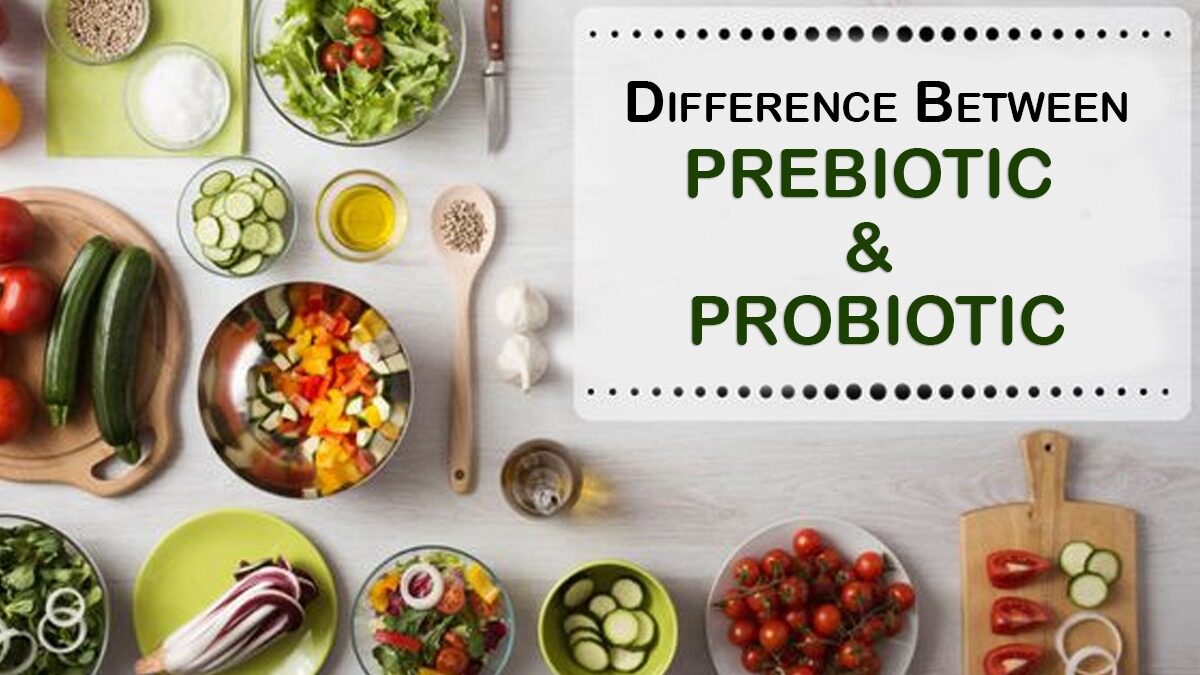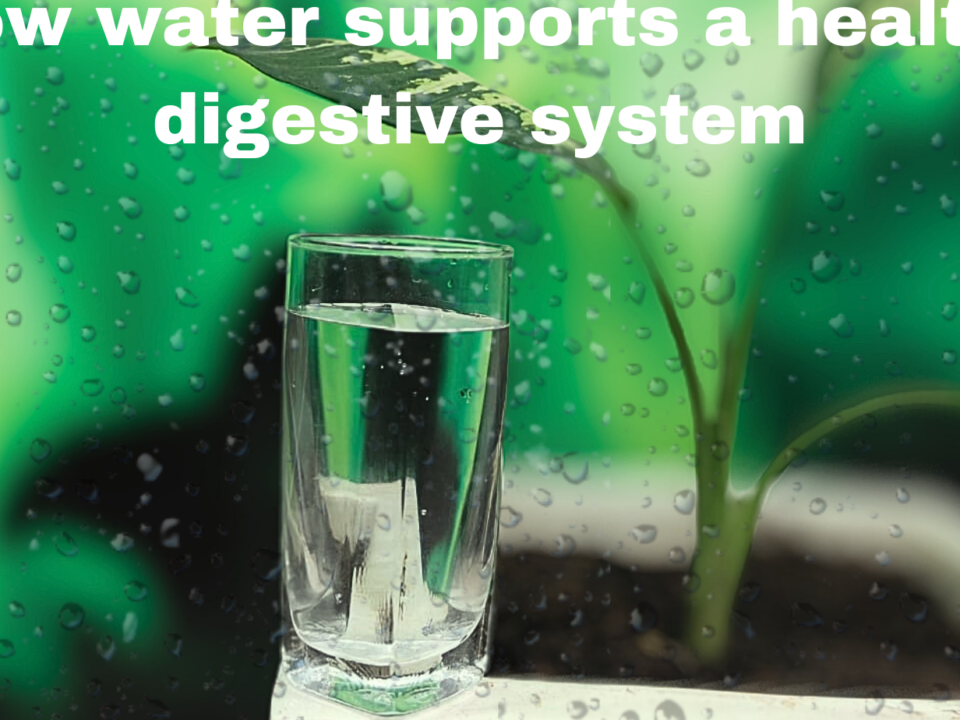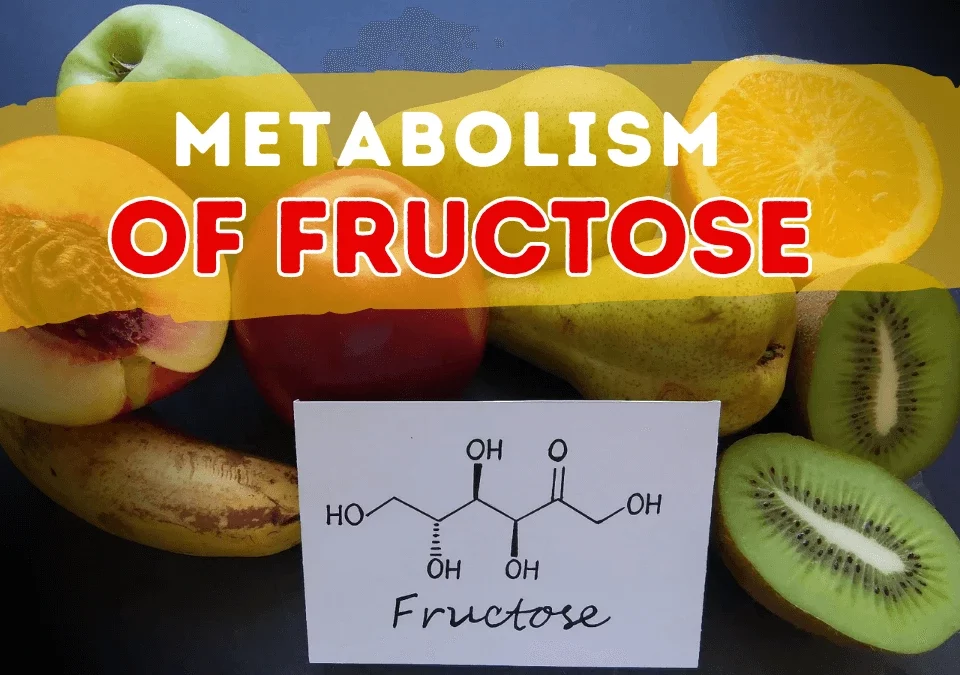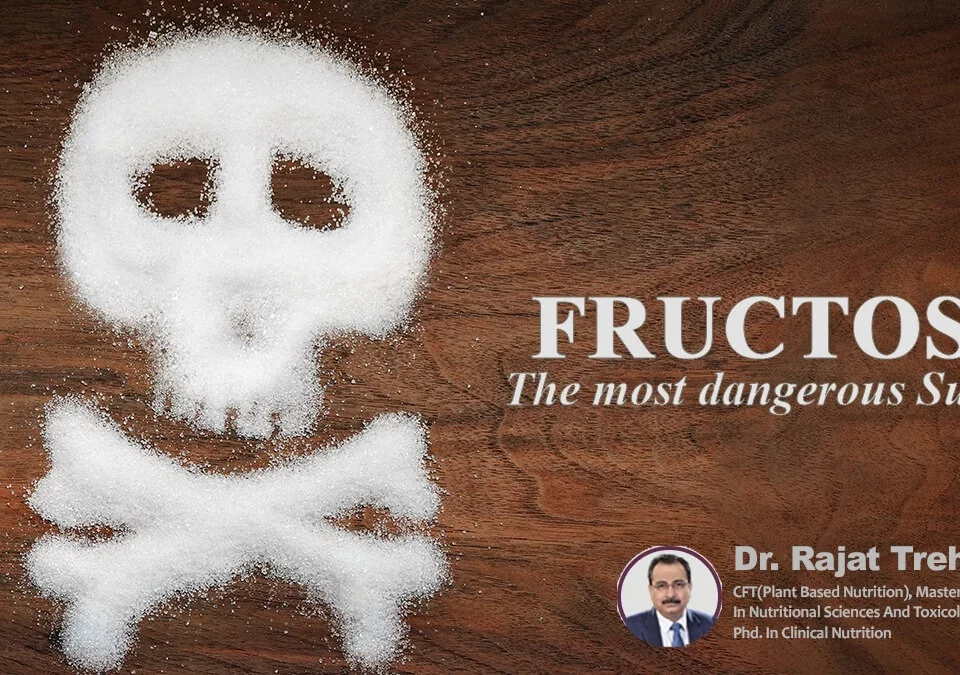Difference between Prebiotic & Probiotic

How to plan a healthy dinner party menu, tips
November 26, 2022
Are you not feeling healthy and energetic even after detoxification? Then, these Tips are for You!
December 10, 2022Difference between Prebiotic & Probiotic
What are Probiotics?
You might have learned about the ‘good’ and ‘bad’ bacteria in school, college, or even from a friend.
To put it in simple terms, Probiotics are living microorganisms that are said to be good for your body.
They have different health benefits when consumed or applied to the body.
Most people think that microorganisms and bacterias are “harmful” and are considered to be “germs”.
On the other hand, many of them are beneficial for our health. A few of them help our body kill the
disease-causing cells, digest food, reduce depression, promote heart health, and many other things.
They contain a variety of microorganisms, and the most common is from the group Lactobacillus and
Bifidobacterium.
Here is a list of foods that contain Probiotics:
Yogurt is said to be the best source of probiotics as it contains active or live bacteria. But it’s important to choose the yoghurt wisely while buying from a supermarket. As in many packaged yoghurts, the bacteria get killed during the processing. Even if the packaging says “Fat-free” or “Low-fat”, it may contain loads of added sugar. It’s necessary to be thoughtful while getting these products.
2. TempehIt is an Indonesian fermented soybean product that is a high protein substitute for meat. It contains a good amount of vitamin B12, which is mainly present in animal products.
3. KimchiYou might have heard about Kimchi if you’re someone who appreciates Korean delicacies. It is one of the most popular side dishes in Korean cuisine. Cabbage is said to be the main ingredient of Kimchi, but it can be made from other vegetables as well. It contains Lactobacillus, which is good for digestion. It also contains some minerals and vitamins that include Vitamin K, Vitamin B2, and Iron.
4. PicklesPickled cucumbers are made by putting them in salty water and letting them ferment for some days. It contains a favourable amount of Vitamin K. But it’s important to keep in mind that pickles made in vinegar do not have probiotic effects.
5. Some types of cheeseWe all love cheese. And the good thing about that is that it is highly nutritious and a good source of protein. However, not all cheeses have probiotic values. Some of the cheese that has probiotic effects are Gouda, cheddar, mozzarella, and cottage cheese.
What is Prebiotics?
As we already learned that different types of good bacteria live in our gut. Prebiotics are the food to that good bacteria. The concept of Prebiotics was first proposed by Glenn Gibson and Marcel Roberfroid in the year 1995. They described it as a food source to the bacteria that beneficially affects the host, which stimulates the growth and activity of the bacteria in your colon. In return, it improves the health of the host (your body).
There are different types of Prebiotics:
1. Fructans
2. Galactooligosaccharides
3. Starch and Glucose-Derived Oligosaccharides
4. Other Oligosaccharides
5. Non-carbohydrate Oligosaccharides
Where can Prebiotics be found?
They play a very important role in human health and can be found in different natural dietary products.
These foods are high in some types of fiber which are known as Fermentable fibers. Some of them are:
1. Garlic
2. Chicory
3. Onion
4. Banana
5. Barley
6. Tomato
7. Rye
8. Sugar beet
9. Asparagus
10. Soybean
11. Wheat
12. Honey
13. Peas
14. Beans
15. Seaweeds
16. Legumes
17. Oats
There is a long list of natural food products that carry prebiotics.
What are the benefits of Prebiotics?
There are several benefits of Prebiotics. Some of them are:
1. They help regulate bowel movements.
2. They increase the production of good bacteria and decrease the number of bad bacteria that cause
diseases.
3. They boost your body’s anti-inflammatory response.
4. They encourage your body to make hormones that help in appetite suppression, appetite, and
more.
5. They improve your immune system functions.
6. They help your bones absorb and mineralize calcium and phosphorus to improve bone density.
Don’t just add all these to your diet blindly; introduce them gradually. Although, there is no harm in
eating fruits and vegetables, as you are going to get a good amount of fiber, minerals, and vitamins from
them, in addition to some prebiotics.
References:
https://www.nccih.nih.gov/health/probiotics-what-you-need-to-know
https://www.healthline.com/nutrition/11-super-healthy-probiotic-foods#_noHeaderPrefixedContent
https://www.healthline.com/nutrition/probiotics-101
https://www.ncbi.nlm.nih.gov/pmc/articles/PMC6463098/
https://health.clevelandclinic.org/what-are-prebiotics/







